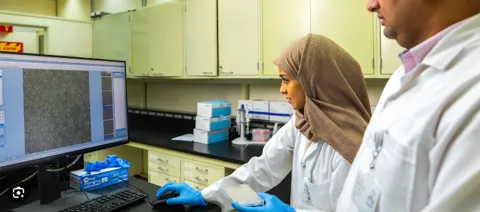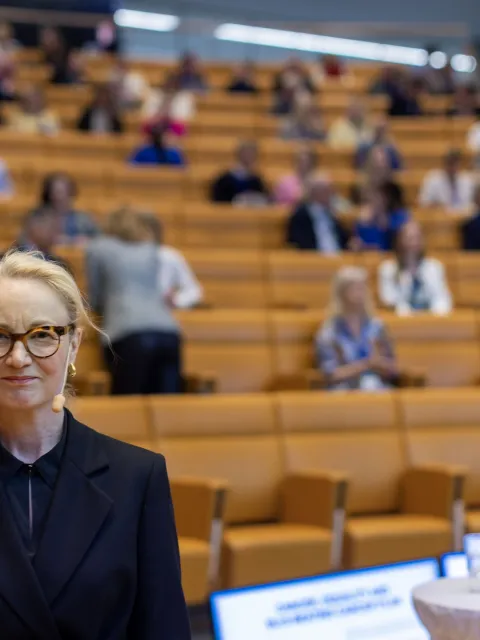How epidemiology can help cancer control efforts and influence policy decisions

Epidemiology is the study of how diseases, such as cancer, spread and affect people. As a field, it can offer many opportunities to address challenges facing cancer control policies.
Over the last 70 years, epidemiology has played a key role in describing the burden of cancer, identifying many of its risk factors, and assessing care outcomes. Evidence generated from epidemiological studies shows that around 40% of all cancer cases could be prevented, and further related deaths could be reduced through early detection and screening.
One vital aspect of epidemiology is monitoring the magnitude and trends of cancer occurrence through population-based cancer registries, which enables the allocation of future prevention and early detection initiatives, as well as support facilities and manpower planning.
The magnitude of cancer, for example, varies between countries in terms of types and rates, according to the latest estimates from the International Agency for Research on Cancer (IARC). These international variations in the burden of many cancer types indicate the existence of different carcinogen exposures, highlighting the need for context-specific epidemiological research on cancer aetiology and local policy for prevention and early detection.
Furthermore, cancer epidemiological analysis has shown a downward trend in cancer rates among older populations; however, an alarming increase in cancer rates among younger adults (aged <50 years) is emerging.
Identifying cancer causes
Epidemiological studies, especially cohort studies that followed up participants for a long time to determine the interactions between heredity, environment, occupation, lifestyle factors, and cancer occurrence, have led to many aetiologic discoveries. A widely known example of such studies is The European Prospective Investigation into Cancer and Nutrition (EPIC-Europe), hosted by IARC. This study has led to solid evidence on the relationship between nutrition and cancer, which has translated into policies.
The cumulative findings from epidemiological studies, laboratory sciences, and biostatistics methods have led to the evolution of The IARC Monographs programme which identifies and classifies cancer causes.
Producing evidence-based prevention and awareness campaigns
Identifying the proportion of cancer that can be prevented or the fraction of cancer-related deaths that might be averted due to early detection efforts can empower prevention and awareness campaigns.
For years, the European Code Against Cancer has simplified epidemiological studies’ findings on risk factors, so that individual actions can be taken to help prevent cancer. Recently, Latin America and the Caribbean Code Against Cancer have been developed and tailored for cancer prevention in Latin America and the Caribbean population.
In the Gulf Cooperation Council (GCC), which comprises Saudi Arabia, Qatar, the United Arab Emirates (UAE), Bahrain, Oman, and Kuwait, a 40 × 40 cancer awareness campaign was developed as a collaboration between epidemiologists, NGOs, and governmental agencies in 2016, and has been running annually since. This campaign was built on the fact that 40% of cancer cases can be prevented and another 40% of cancer-related deaths can be prevented if cancer is detected earlier.
Supporting clinical research
In addition, epidemiologists’ efforts are not limited to cancer risk and occurrence but are prominent in evaluating new diagnostic and therapeutic technologies across the cancer care continuum, from prevention, diagnosis, and care to survivorship.
Epidemiologists work alongside biostatisticians and clinicians in assessing new drugs and other oncology-related technologies in terms of both benefits and risks, helping patients and clinicians make informed decisions and policymakers assess the cost-effectiveness of these new products in cancer control.
Last update
Friday 04 October 2024Share this page


